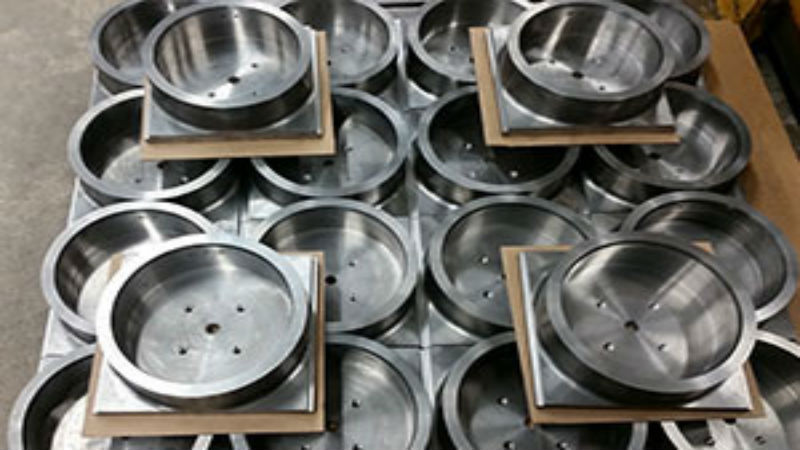Imagine placing instructions into a printer machine, and it produces whatever you want. This was once science fiction, but today it’s possible (in some cases). However, before you get carried away and think that 3D printing is going to replace high-tech, precision 3D milling, consider this important information.
How Does 3D Printing Work?
Three-dimensional printing is an additive manufacturing process. In other words, the object you want to create is slowly manufactured in thin layers. The machine has many cross sections or slices of the object. By using resins and other modern materials, it literally, builds things before your eyes.
3D Milling
Three-dimensional milling is a machining process involving computerized machines. By milling from many directions, you create a three-dimensional object from any material you want to use. For example, it’s possible to create intricate shapes in steel, aluminum, stainless steel, copper, plastic, and many other materials.
Limitations with 3D Printing
When you print layer upon layer to make something, you end up with a rough surface finish. This is a problem if you need precision parts or things that must have smooth finishes.
Even though three-dimensional printing (selective laser melting) is not like casting from molds (which produces flashing) you still get overhanging surfaces. You have to remove these structures, and this can affect the finish.
Materials
It’s not possible to create solid aluminum, stainless steel, or other materials with 3D printing. The process uses many layers of melted materials. Also, material structure is often inconsistent. You can’t see this in the finished product but an object with different thicknesses cools unevenly, and this can affect the microstructure.
Cost
Three-dimensional printers are very expensive. In fact, they can cost one-half million dollars or more, and it takes a long time to produce parts. Today, 3D milling is the cost-effective solution for precision parts, but someday, both technologies may work together.



